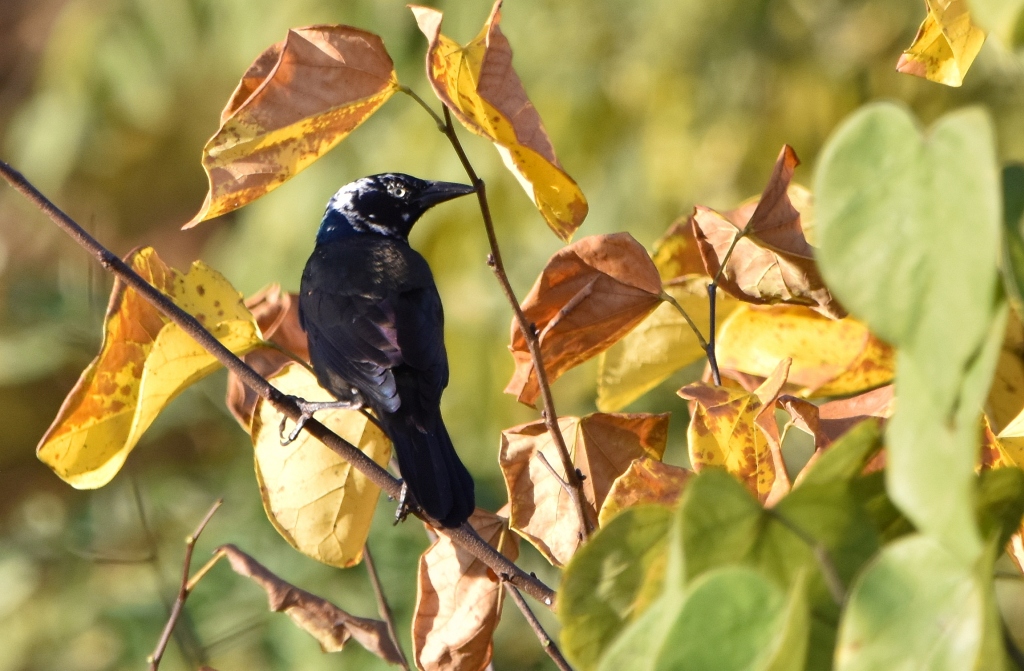
7 November 2023
Last month at Frick Park Charity Kheshgi and I saw at least three birds with unusual white feathers in their plumage, a condition that labels them “leucistic.”
Leucism refers to an abnormality in the deposition of pigment in feathers. There is some disagreement as to whether the condition is genetic or caused by pigment cells that were damaged during development. Whatever the cause, the condition can result in a reduction in all types of pigment, causing pale or muted colors on the entire bird. Or the condition can cause irregular patches of white, and birds with these white patches are sometimes described as “pied” or “piebald.”
— Audubon Podcast: Why Is This Bird Half-White?
This common grackle had white feather patches on his head that were not uniform from side to side.
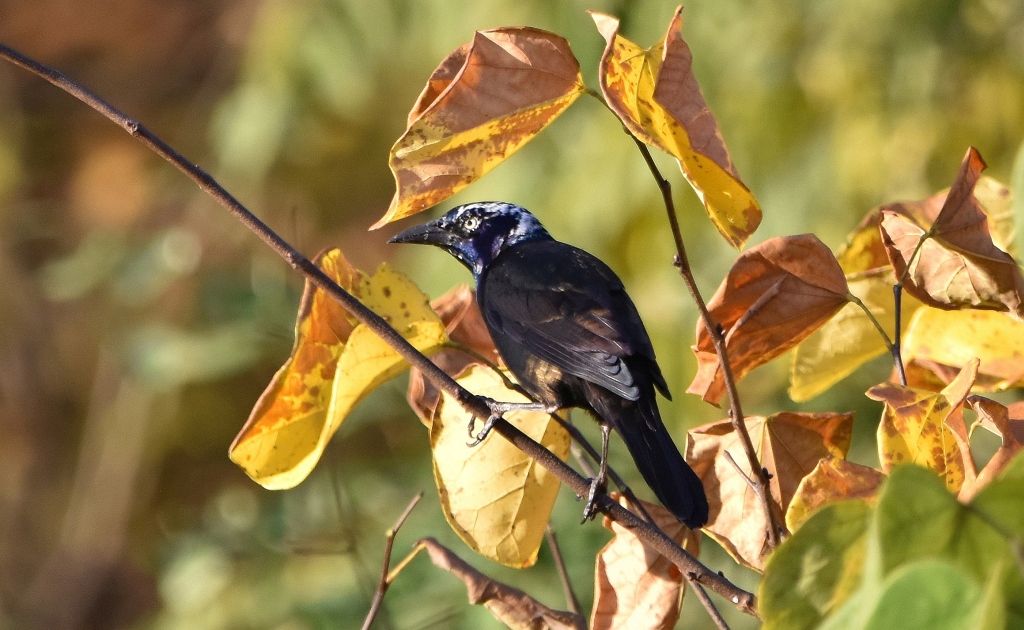
The circle of white dashes around his eyes indicate his eyelashes are white. (Did you know birds’ eyelashes are modified feathers?)
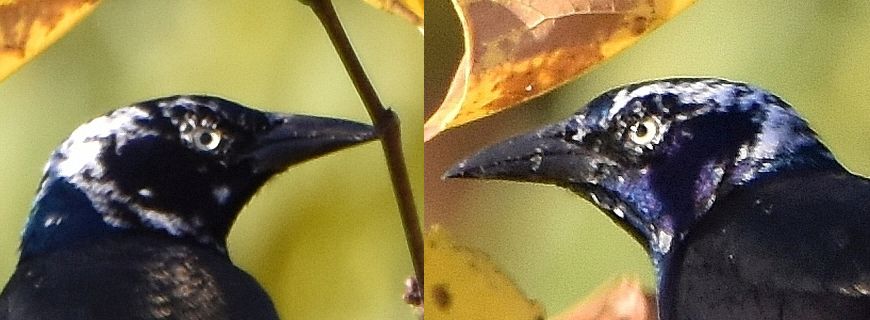
In early October we saw a white-faced chipping sparrow …
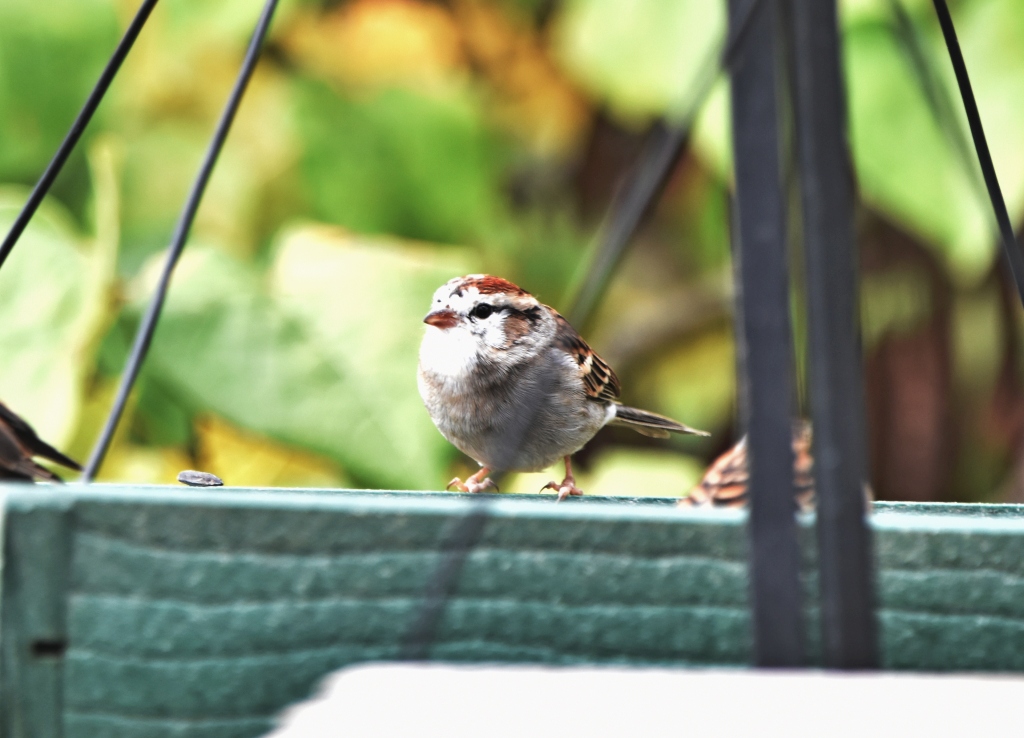
… and a leucistic American robin in the middle of the month.
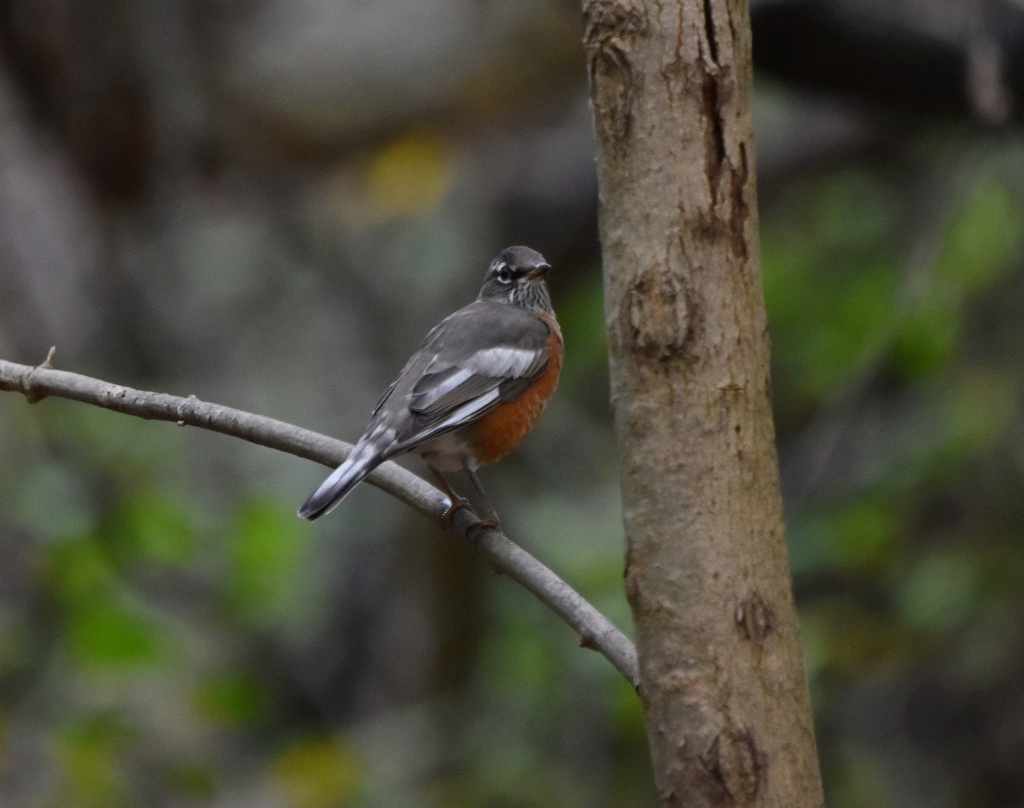
It seems that leucism is more common in robins than in other species — or at any rate I see more of them. Here’s one that was photographed in Missouri.
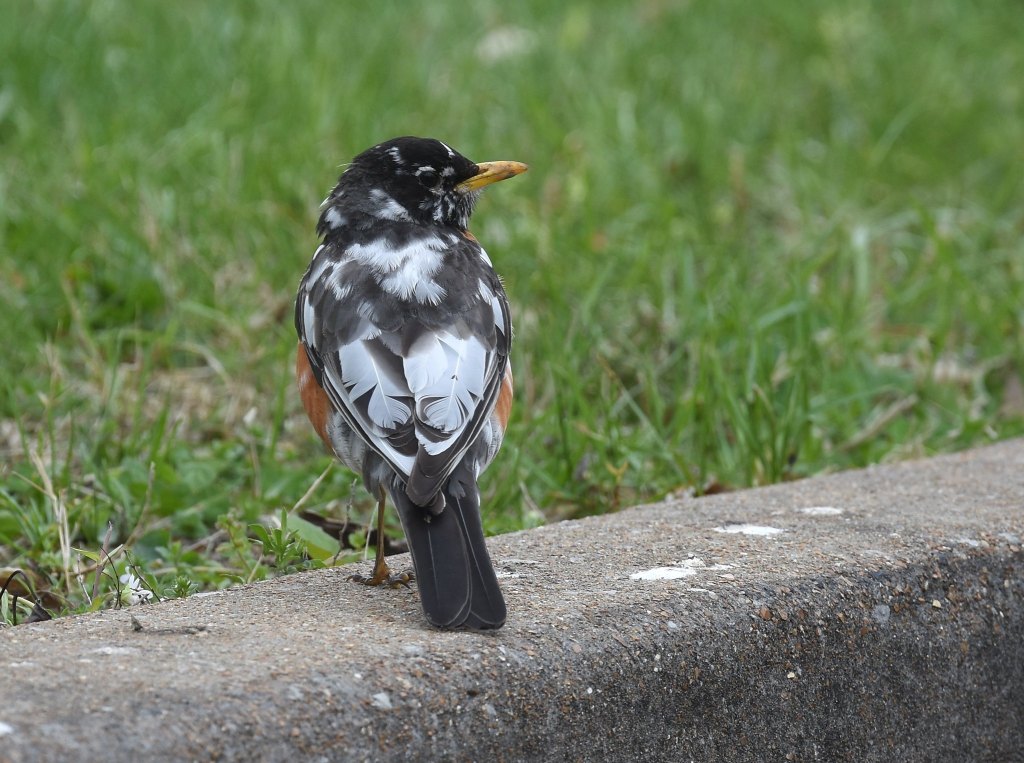
This leucistic male red-winged blackbird, also seen in Missouri, looks like a new species!
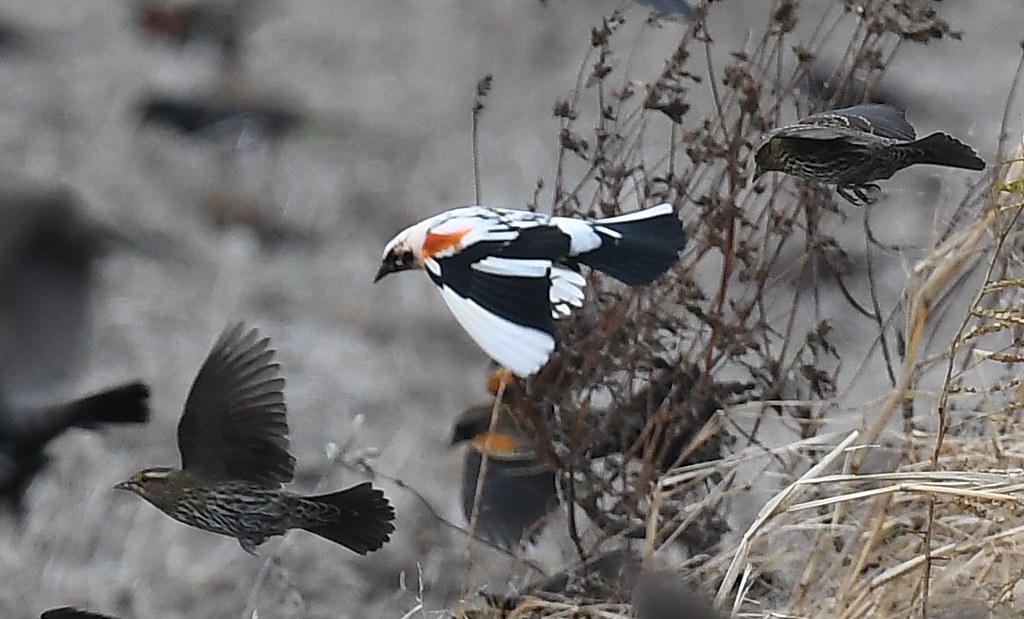
Leucistic birds are memorable but are they becoming more common? It seems so to me but I cannot find a scientific study that answers question.
Meanwhile, read more about unusual white feather conditions at Audubon News: Albinism and Leucism.
(photos by Charity Kheshgi and by Andy Reago & Chrissy McClarren via Flickr Creative Commons license. credits are in the captions)
A leucistic mourning dove has frequented my suburban north Pittsburgh feeder in recent weeks. Over the decades, though, I have observed a surprising number of cardinals with this abnormality – but no robins.
We had a piebald robin in my neighborhood a few summers ago – I didn’t notice any this year so he probably reached the end of his life. But it was fun to spot him while he was around! I have pictures somewhere.